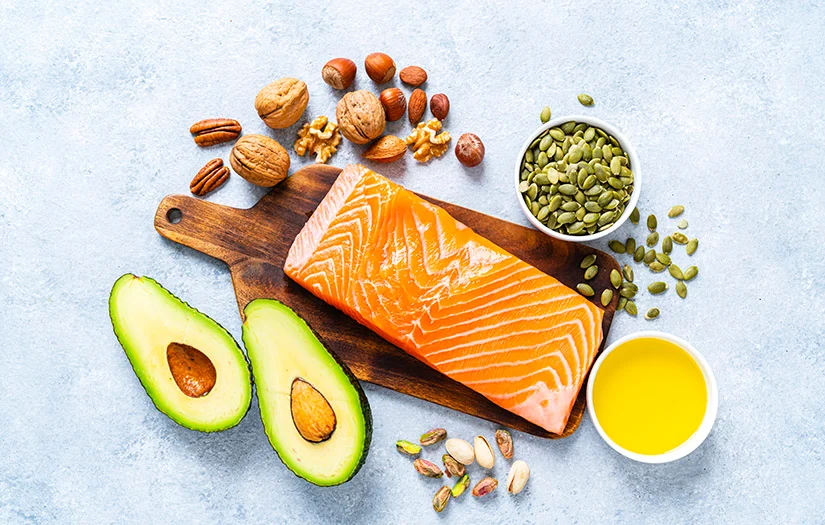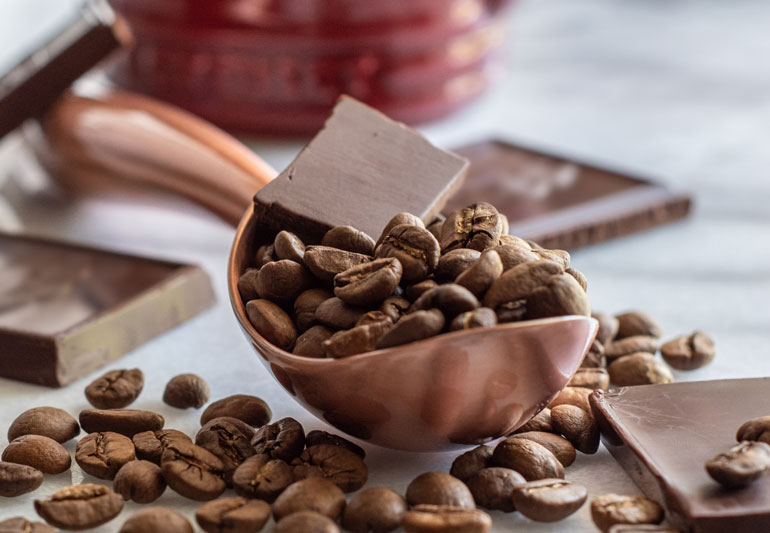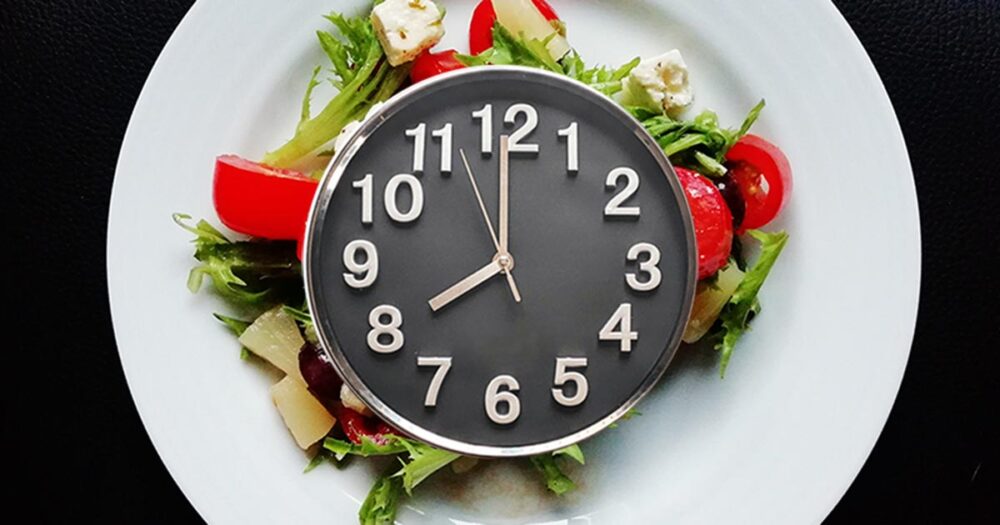Fuelling your workout – Carbohydrates

For the next 3 nutritional blogs, I (Melanie) am going to talk individually about the different macronutrients that we need for effective workouts. These are carbohydrates, proteins and fats.
I am kicking off with carbohydrates, our body’s preferred energy fuel for muscles but our body as a whole.
Carbohydrates
In the press, there is often much talk about the keto diet or low carbohydrate diets, and you may be wondering if carbohydrates are the macronutrient we should all be avoiding! I would argue that we need all our macronutrients and I would certainly recommend including carbohydrates at all meals if you are training and want to improve your performance.
Our muscles will always choose carbohydrates for fuel if it is available. It is an easy fuel for our body to use because it can be easily broken down in the body to glucose that is used for energy.
So, what are carbohydrates?
Carbohydrates are sources of food that when eaten are broken down into simple sugars. They include:
- Starchy foods such as bread, pasta, noodles, potatoes, rice and cereals.
- Fruit and vegetables
- Dairy such as milk and yoghurt
- Sugar, fizzy drinks and other sweet foods
- Pies, biscuits, pastries, cakes, energy bars
- Alcohol
When you are working out, carbohydrates give you energy in an easily accessible way. They enable you to increase performance and the length of that performance. They are especially beneficial for endurance activities. Did you know that the amazing Kenyan runners eat a diet that is 60% carbohydrate?
When we eat carbohydrate, in whatever form of food, it enters our body and is absorbed as glucose. Our blood glucose is regulated by the hormone insulin that is made by the pancreas. Insulin allows glucose to enter our cells for energy, a bit like a gatekeeper, and works hard at keeping our blood glucose within ‘normal’ levels ensuring consistent energy throughout our day and at times when needed, ie, when training.
How do you know what level of carbohydrate is right?
This is very individual, but it is all about achieving a good level of blood sugar balance. Working with a Nutritionist like myself can be helpful for getting this right. I often recommend to clients that they take a look at the glycaemic index of foods. This index is a method of classifying foods according to their potential to raise blood glucose (out of 100). Carbohydrate containing foods are responsible for providing us with glucose, however, the rate that carbohydrates are digested is variable. High GI foods causes a sharp spike in blood sugar which can lead to low blood sugar levels and feelings of lethargy and hunger, stimulating cravings for stimulants and sweet foods. However, the glycaemic index can be misleading as whilst foods may release sugar quickly, they don’t actually contain much sugar per portion size e.g. Watermelon. Glycaemic load takes account of the amount of carbohydrate per portion size together with their potential to raise blood glucose. Also, it is worth noting that most foods are consumed alongside others, and this will impact the GL impact.
Will carbs make me fat?
Any excess carbohydrate that the body does not use will be stored in the liver and muscle initially but beyond that is stored as fat. This is why there is an association between carbohydrate and weight gain. However, for active trainers like yourselves, you will be increasing your insulin sensitivity. This means that when you eat a carbohydrate rich food, your body gets that signal to release insulin so that glucose can enter the cell for energy much more effectively. Additionally, exercise in itself, and not just insulin, enables glucose to enter our cells for energy.
What are the downsides of too little carbohydrate?
If you remove carbohydrate from your diet, your workout performance is going to be affected. You will suffer early fatigue, poor performance and poor recovery. Depending on your lifestyle outside of the Chloe Bruce Academy, this can, however, be very individual. Some athletes are ‘fat adapted’ and much more able to use fat for energy but this has to be carefully managed.
Is a low carbohydrate diet ever useful with exercise?
Again, it can depend on the individual and your sensitivity to sugar, however, if you are focusing on low intensity workouts then a low carbohydrate diet might be appropriate. For example, Chloe’s new Stretch and Flow course. However, I wouldn’t recommend this for her more intense programmes. If you are looking to lose weight, then it might be helpful, but performance and recovery will be compromised. If you have been diagnosed as prediabetic or have insulin resistance or type 2 diabetes then it may be useful, but I recommend working alongside a Registered Nutritionist, like myself, to ensure you do this safely.
Can you have too many carbohydrates?
You can probably have too much of a good thing! Excessive carbohydrates will cause your muscles to tighten due to their ability to bind to water which can have a detrimental effect on your workout. This is why those that go on a low carb diet often lose weight very quickly but all they are really losing is a lot of water.
What are some examples of healthy carbohydrate food to have before a workout?
Ideally focus on low GI foods that do not spike your blood sugar.
For a meal, you ideally want to eat 2-4 hours before a workout and go for slow release carbohydrates:
- Overnight oats with berries and almonds
- Omelette with potatoes and veggies
- Chilli with wholegrain rice
- Baked sweet potato with mixed bean salad
- Roasted root vegetables topped with chicken or fish
- Lentil pasta with Bolognese
Swap white versions of pasta, bread, rice and noodles for brown versions or vegetable based.
If you haven’t had time to eat 2-4 hours prior to your workout, then a quick snack 30 – 60 minutes before your workout would be recommended. Some snack ideas include:
- Protein smoothie with banana
- Banana with nut butter
- Seeded bread with hummus
- Yoghurt with berries and ground flaxseed
Low GI Food Chart
| Fruit | Apples, pears, tangerines, oranges, rhubarb, lemons, olives, grapefruit, limes, melon, nectarines, passion fruit, pomegranates, satsuma, redcurrants, grapes, strawberries, raspberries, redcurrants, blackcurrants, gooseberries, blueberries. |
| Vegetables | Spinach, mushrooms, onions, broccoli, peppers, carrots, courgettes, sweet potato, baby potato, asparagus, aubergines, runner beans, Brussel sprouts, cabbage, cauliflower, fennel, turnips, leeks, kale, mange tout, swede, peas, pumpkin, squash |
| Salad and herbs | Rocket, lettuce, watercress, tomatoes, cucumber, alfalfa sprouts, celery, avocado, parsley, ginger, basil, radish, coriander |
| Meat, fish, dairy, other | Milk, cottage cheese, yoghurt, feta, sardines, mackerel, anchovies, salmon, herring, tofu, nuts, seeds, eggs, barley, quinoa, lentils, pulses, tahini, oatcakes, beans, soy products, raw chocolate |
I hope this has been informative. Next month I will be diving into protein!
If you want to find out more about working one to one with me or joining a group programme, please go to my website www.melaniefloodnutrition.com or find me on Instagram @melaniefloodnutrition. I offer FREE 30-minute exploratory calls so you can find out if working with me is right for you!
To find out about my latest news and courses please sign up here https://www.subscribepage.com/p7n1k9
written by our in-house nutritionist – Melanie Flood






Responses